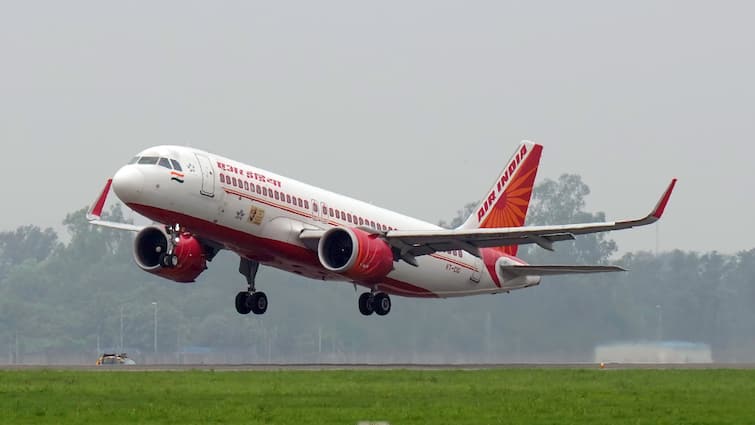Months after the tragic Ahmedabad air crash that killed more than 240 people, Air India is seeking a massive $1.1 billion (around Rs 10,000 crore) bailout from its owners, Tata Sons and Singapore Airlines.
The cash infusion, Bloomberg reported, is aimed at helping the airline recover from the disaster and tackle multiple operational and financial challenges.
According to the report, Air India’s funding request is not limited to covering immediate losses. The airline plans to channel a portion of the funds into upgrading its systems and services and into building robust in-house engineering and maintenance divisions. These investments are part of its broader turnaround strategy.
Despite the Tata Group’s high-profile acquisition and an ambitious revival roadmap, the carrier is still far from achieving its target of breaking even by March next year. The funding request underscores the turbulence in India’s aviation market, where high operating costs and intense competition have forced several players to exit.
Currently, IndiGo, run by InterGlobe Aviation, remains the only profitable domestic airline, commanding more than 64 per cent of the market share.
Air India is jointly owned by Tata Sons, which holds a 74.9 per cent stake, and Singapore Airlines, which owns the remaining share. Any financial assistance, the report said, will likely be proportional to their ownership structure. The final decision on whether the support will come as an equity infusion or an interest-free loan rests with the two shareholders.
Impact of Airspace Restrictions
Air India’s challenges deepened earlier this year when airspace restrictions disrupted its international flight operations. Following military tensions between India and Pakistan in May, the Indian armed forces launched a pre-emptive strike, codenamed ‘Operation Sindoor’, on terrorist camps across the border. The move, a response to the April 22 Pahalgam terror attack that killed 26 people, led to Pakistan closing off key air corridors.
The closure forced Air India to reroute several long-haul west-bound flights, increasing flight durations, fuel costs, and crew expenses. These disruptions significantly strained the carrier’s finances just as it was attempting to stabilise operations.
Fallout of the Ahmedabad Crash
The financial setback was compounded by the June 12 crash of a Boeing 787 Dreamliner jet en route to London, which took off from Ahmedabad and went down minutes later. The accident claimed nearly all lives on board, leaving only one survivor. The tragedy triggered an immediate investigation by India’s Directorate General of Civil Aviation (DGCA), which launched a comprehensive system-wide safety audit of Air India.
In the months following the crash, the airline scaled back its widebody international operations by about 15 per cent between June and August. This reduction, although necessary for safety and restructuring, further dented revenues and pushed profitability targets further out of reach.
CEO Flags Rs 4,000 Crore Loss
Earlier this week, Air India CEO Campbell Wilson acknowledged the severity of the situation, noting that airspace closures and global uncertainties continue to weigh on travel demand, reported Business Standard.
Wilson confirmed that the airline expects to post a loss of about Rs 4,000 crore for the current fiscal year due to the ongoing airspace restrictions.



